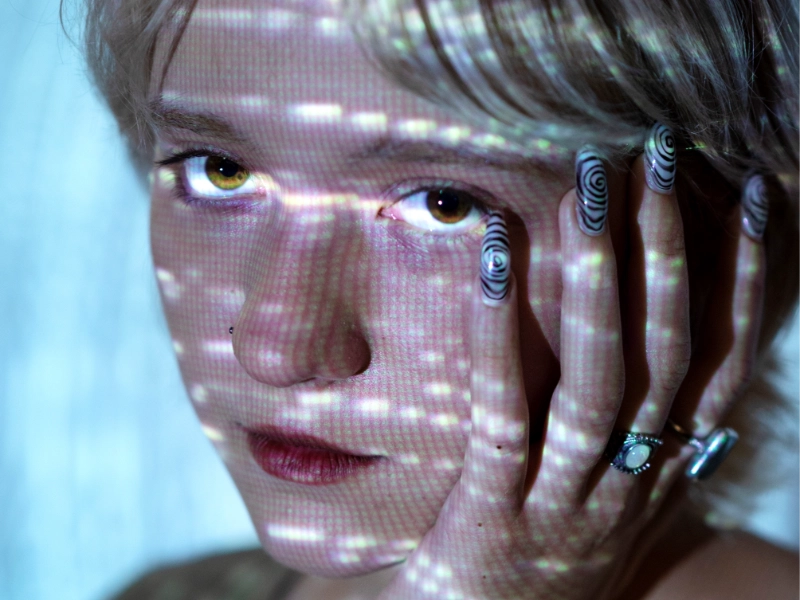- Anthropic is releasing a powerful new generative AI model called Claude 3.5 Sonnet and has also released what it calls Artifacts.
- Claude 3.5 Sonnet can analyze both text and images, in addition to generating text, making it Anthropic’s best-performing model to date.
OUR TAKE
Such advancements underscore not only technological prowess but also the potential for AI to broaden its practical applications, offering more accurate and accessible solutions in diverse real-world contexts. As AI continues to evolve, these strides in visual interpretation pave the way for more inclusive and effective digital interactions, promising substantial benefits across industries and user experiences alike.
–Revel Cheng, BTW reporter
OpenAI rival Anthropic is releasing a powerful new generative AI model called Claude 3.5 Sonnet.
What happened
OpenAI rival Anthropic is releasing a powerful new generative AI model called Claude 3.5 Sonnet. But it’s more an incremental step than a monumental leap forward.
Claude 3.5 Sonnet can analyze both text and images as well as generate text, and it’s Anthropic’s best-performing model yet — at least on paper. Across several AI benchmarks for reading, coding, math and vision, Claude 3.5 Sonnet outperforms the model it’s replacing, Claude 3 Sonnet, and beats Anthropic’s previous flagship model Claude 3 Opus.
Claude 3.5 Sonnet is a bit more performant than Claude 3 Opus, and Anthropic says that the model better understands nuanced and complex instructions, in addition to concepts like humor. (AI is notoriously unfunny, though.) But perhaps more importantly for devs building apps with Claude that require prompt responses (e.g. customer service chatbots), Claude 3.5 Sonnet is faster. It’s around twice the speed of Claude 3 Opus, Anthropic claims.
Michael Gerstenhaber, product lead at Anthropic, says that the improvements are the result of architectural tweaks and new training data, including AI-generated data. Which data specifically? Gerstenhaber wouldn’t disclose, but he implied that Claude 3.5 Sonnet draws much of its strength from these training sets.
Read more: Instagram co-founder joins Anthropic to lead product innovation
Read more: Anthropic launches iPhone app, premium plan for collaboration
Why it’s important
Benchmarks aren’t necessarily the most useful measure of AI progress, in part because many of them test for esoteric edge cases that aren’t applicable to the average person, like answering health exam questions. But for what it’s worth, Claude 3.5 Sonnet just barely bests rival leading models, including OpenAI’s recently launched GPT-4o, on some of the benchmarks Anthropic tested it against.
Vision — specifically in analyzing photos — is one area where Claude 3.5 Sonnet greatly improves over 3 Opus, according to Anthropic. Claude 3.5 Sonnet can interpret charts and graphs more accurately and transcribe text from “imperfect” images, such as pics with distortions and visual artifacts.
Alongside the new model, Anthropic is releasing what it’s calling Artifacts, a workspace where users can edit and add to content — e.g. code and documents — generated by Anthropic’s models. Currently in preview, Artifacts will gain new features, like ways to collaborate with larger teams and store knowledge bases, in the near future, Anthropic says.

